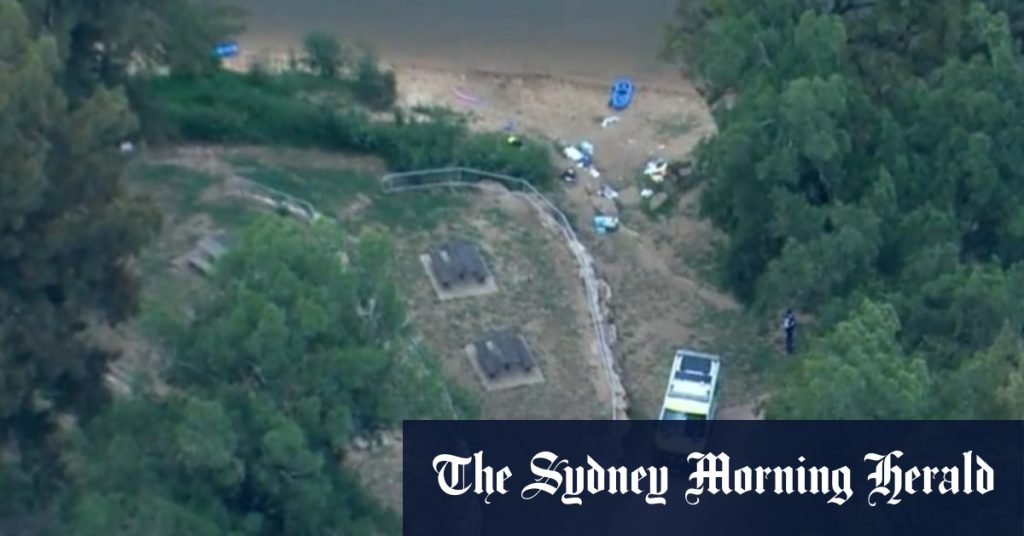This news report details the tragic drowning of a five-year-old boy at a popular swimming hole in Sydney. The incident occurred on February 2nd, 2025, sending shockwaves through the community. While the exact location of the swimming hole isn’t specified in the provided text, it’s described as a well-known spot, suggesting a place frequented by families and individuals seeking recreation. The brevity of the report leaves many unanswered questions surrounding the circumstances leading to the boy’s death. It’s unclear whether he was swimming with family or friends, what specific conditions contributed to the incident, and what rescue efforts were undertaken.
Drowning incidents, especially involving young children, are devastating events that highlight the importance of water safety awareness and vigilance. Swimming holes, often perceived as idyllic natural settings for leisure, can present hidden dangers such as strong currents, submerged rocks, or sudden changes in depth. These natural variations can be difficult to anticipate and pose risks even to confident swimmers. The lack of designated lifeguard supervision, often the case with natural swimming areas, further underscores the need for individual responsibility in assessing risks and taking appropriate precautions.
The news report briefly mentions the boy being pulled unconscious from the water, implying that bystanders or perhaps accompanying individuals attempted a rescue. However, the report doesn’t elaborate on the nature of these rescue efforts or the time elapsed between retrieval and the declaration of death. The swiftness of such tragic events emphasizes the crucial role of immediate and effective CPR in potential drowning situations. Knowing how to respond quickly and correctly can significantly increase the chances of survival and minimize long-term health complications. This tragic event underscores the need for widespread CPR training and public awareness campaigns.
The lack of detailed information in the initial report leaves a vacuum filled with speculation and unanswered questions. A thorough investigation into the incident is likely underway to determine the precise sequence of events leading to the boy’s drowning. This investigation could shed light on contributing factors, potentially revealing safety gaps or highlighting the need for improved signage, safety barriers, or public awareness campaigns targeting specific risks associated with the swimming hole. Such investigations can play a vital role in preventing future tragedies and enhancing safety measures at similar locations.
Beyond the immediate tragedy, the boy’s drowning will undoubtedly have far-reaching emotional repercussions. The family is left to grapple with the unimaginable loss of their child, a grief that extends outward to friends, the local community, and even those who learn of the incident through news reports. The incident serves as a stark reminder of the fragility of life and the importance of cherishing moments with loved ones. It also underscores the responsibility of individuals and communities to create safe environments for children, particularly around bodies of water.
Following such a heartbreaking incident, communities often rally together to offer support to the grieving family and reflect on ways to enhance water safety. This can involve increased public awareness campaigns emphasizing water safety guidelines, CPR training initiatives, and advocacy for improved safety measures at popular swimming locations. The ripple effect of this tragedy extends beyond the immediate family, reminding everyone of the importance of vigilance, education, and community action in preventing similar incidents in the future. The boy’s death serves as a poignant call for heightened awareness and proactive measures to ensure water safety for all.

